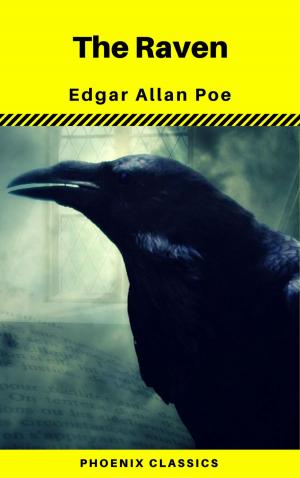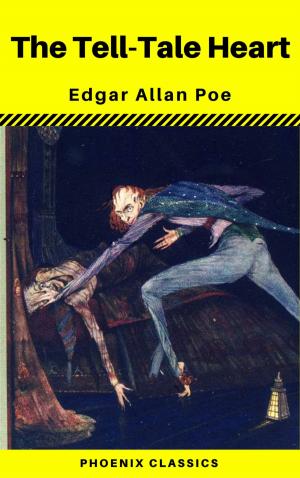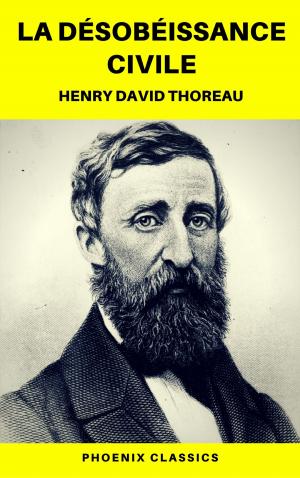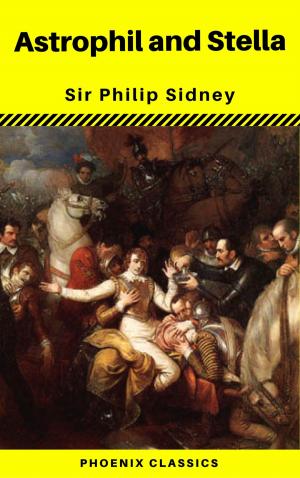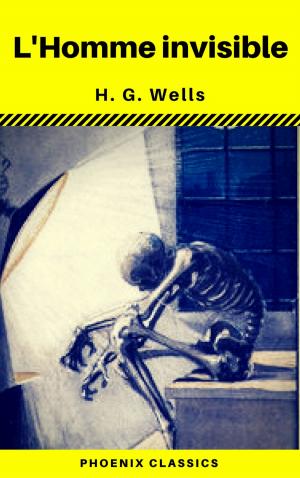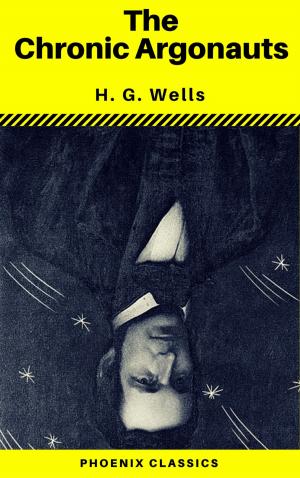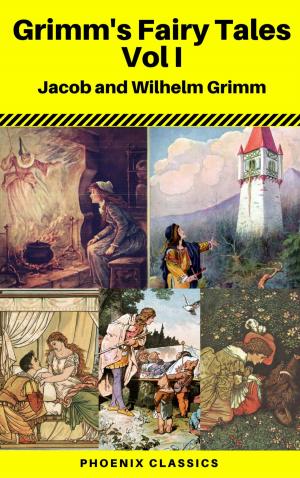| Author: | Edmund Spenser, Phoenix Classics | ISBN: | 9788826448138 |
| Publisher: | Phoenix Classics | Publication: | June 5, 2017 |
| Imprint: | Language: | English |
| Author: | Edmund Spenser, Phoenix Classics |
| ISBN: | 9788826448138 |
| Publisher: | Phoenix Classics |
| Publication: | June 5, 2017 |
| Imprint: | |
| Language: | English |
The Faerie Queene is an incomplete English epic poem by Edmund Spenser. Books I to III were first published in 1590, and then republished in 1596 together with books IV to VI. The Faerie Queene is notable for its form: it is one of the longest poems in the English language and the origin of a verse form that came to be known as Spenserian stanza. On a literal level, the poem follows several knights in an examination of several virtues, though it is primarily an allegorical work, and can be read on several levels of allegory, including as praise (or, later, criticism) of Queen Elizabeth I. In Spenser's "Letter of the Authors" he states that the entire epic poem is "cloudily enwrapped in Allegorical devises," and that the aim of publishing The Faerie Queene was to "fashion a gentleman or noble person in vertuous and gentle discipline".
The Faerie Queene is an incomplete English epic poem by Edmund Spenser. Books I to III were first published in 1590, and then republished in 1596 together with books IV to VI. The Faerie Queene is notable for its form: it is one of the longest poems in the English language and the origin of a verse form that came to be known as Spenserian stanza. On a literal level, the poem follows several knights in an examination of several virtues, though it is primarily an allegorical work, and can be read on several levels of allegory, including as praise (or, later, criticism) of Queen Elizabeth I. In Spenser's "Letter of the Authors" he states that the entire epic poem is "cloudily enwrapped in Allegorical devises," and that the aim of publishing The Faerie Queene was to "fashion a gentleman or noble person in vertuous and gentle discipline".



